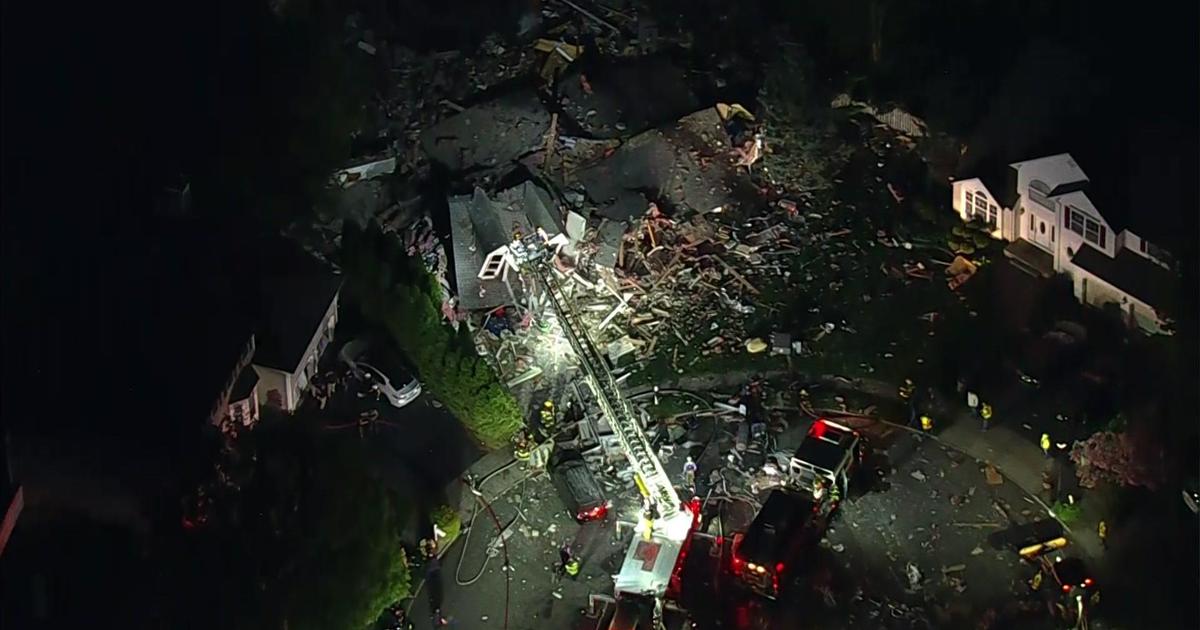10 years after Superstorm Sandy, $702 million federally funded Rockaway Coastal Storm Risk Reduction Project is underway
NEW YORK -- The Rockaways were among the hardest hit neighborhoods during Superstorm Sandy, with more than 1,000 homes damaged or destroyed.
CBS2's Alice Gainer spoke with the Army Corps of Engineers and other officials about a plan to reduce flooding.
"There were people in this community who lost everything," Queens Borough President Donovan Richards said.
In response, the $702 million federally funded Rockaway Coastal Storm Risk Reduction Project is underway. Long stone structures called "groins" are meant to help slow beach erosion.
"Essentially, hold the sand in place and prevent it from being washed down the beach," said Col. Matthew Luzzatto, commander of the New York District Army Corps of Engineers.
There's also beach replenishment and construction of a reinforced steel sheet pile dune.
"We first drive in steel sheet piles, then we pile stone in front of those steel sheet pile, and then we cap the whole thing with concrete and then we're gonna bury it all with sand. So in the end, it will look like a nice sand dune, but really, it's what we call a re-enforced sand dune, so that if a storm does hit and it starts to wash away the sand, you still have this reinforced structure protecting the community," Luzzatto said.
Construction has been underway for about a year.
Should another storm like Sandy hit, how exactly is all of this going to help?
"They're acting as coastal defense. It prevents that wave actually from coming in and taking out infrastructure, and on the bay side, it prevents that storm surge flooding from coming ashore," Luzzatto said.
"We don't want to forget the bay side. There are features included in the project on Jamaica Bay that are currently in the design phase right now, and we're hoping to start construction in a few years," said Anthony Ciorra, manager of the Hurricane Sandy Recovery Program at the New York District Army Corps of Engineers.
As for this current construction, it's expected to take a couple more years to complete.
There's a public comment period going on now until Jan. 6 regarding a study about the New York/New Jersey Harbor and tributaries that provide additional coastal storm risk reduction options.




